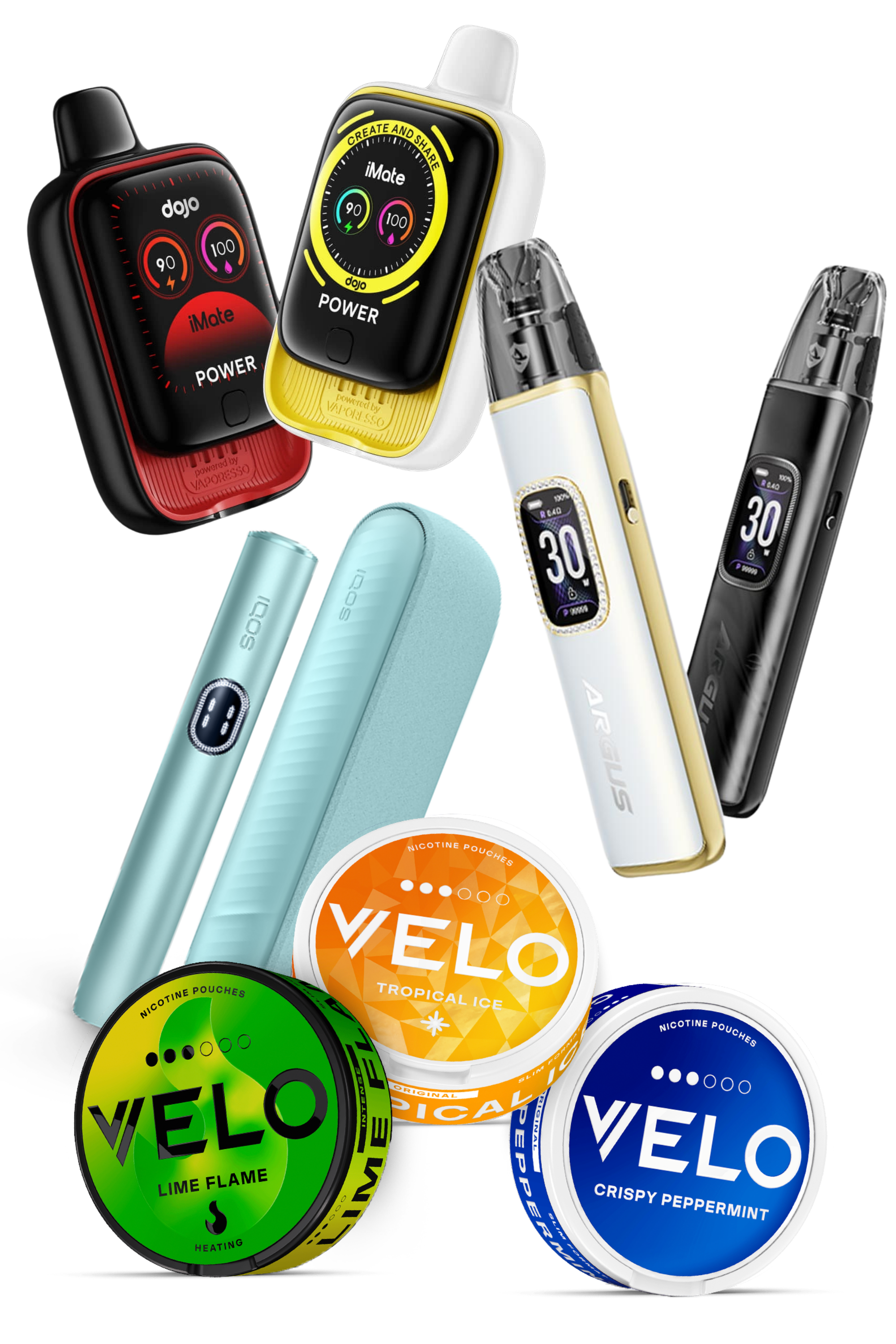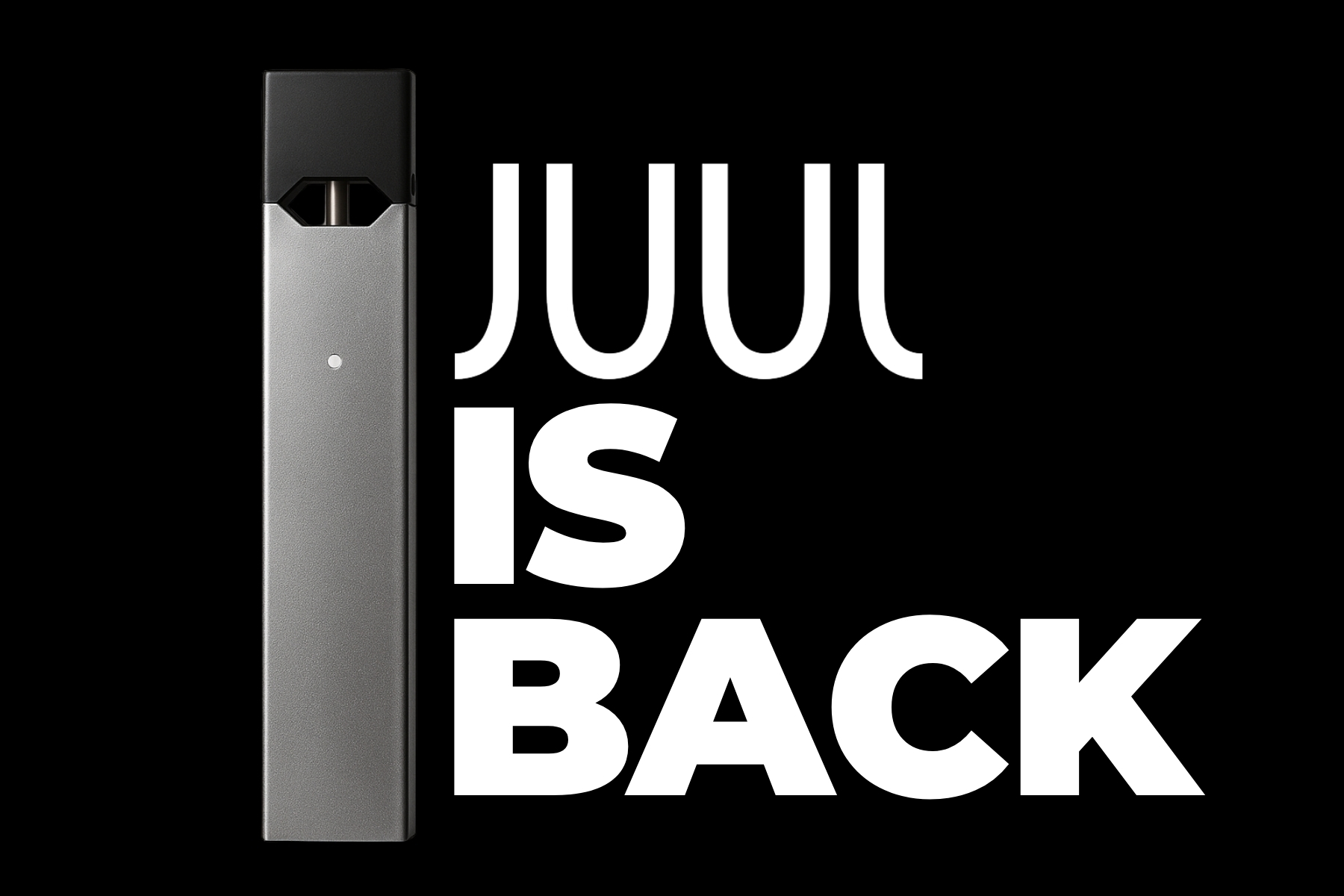A recent study published in JAMA Network Open reveals that nicotine pouch use among U.S. high school students nearly doubled between 2023 and 2024. The cross-sectional study analyzed data from 10th and 12th graders, highlighting a significant rise in the use of these smokeless, spit-free oral nicotine products among adolescents.
What Are Nicotine Pouches?
Nicotine pouches—like Zyn, On!, and Velo—are small, white, tobacco-free packets containing synthetic or tobacco-derived nicotine, flavorings, sweeteners, and plant-based fibers. They’re used by placing them between the gum and lip, releasing nicotine slowly over 20 to 60 minutes. Because they don’t produce vapor, smell, or require spitting, they’re far more discreet than smoking or vaping—making them especially appealing to students.
Key Findings from the Study
- Pouch use among 10th and 12th graders nearly doubled in one year.
Use was highest among male, rural, and non-Hispanic white teens.
Many teens reported using both nicotine pouches and vapes concurrently.
The study also found that the perception of harm among youth remains low, with many teens unaware that these products contain pharmaceutical-grade nicotine levels similar to that of cigarettes or e-cigarettes.
Why the Surge?
Nicotine pouches are widely available at convenience stores, are often flavored (e.g., citrus, mint, coffee), and are marketed as “tobacco-free”—which can create a false sense of safety. Their packaging resembles gum or candy, and they’re sold without the stigma that still clings to vaping or cigarettes. Add to that the lack of federal age-restriction enforcement at some retail outlets, and you’ve got a new nicotine gateway taking hold among students.
Expert Reactions
Public health officials are sounding alarms. The CDC warns that nicotine can interfere with brain development in adolescents and increase the risk of mood disorders and addiction later in life. Meanwhile, anti-tobacco advocacy groups argue that the marketing tactics for pouches mirror those used by Big Tobacco in decades past.
Industry’s Role and Response
Manufacturers like Swedish Match (now owned by Philip Morris International) have largely stayed quiet on youth usage. While many companies claim they don’t target underage users, they continue to release flavored products with sleek, minimalist branding and promote them heavily in online and retail spaces.
In contrast, the FDA has taken steps—authorizing the marketing of some Zyn pouch products this year based on scientific review—but hasn’t yet imposed the kinds of flavor restrictions seen in the vaping sector.
Stefan’s Take
This isn’t a surprise—it’s déjà vu. We’ve seen the same arc with vapes: a product meant for adults becomes a teen trend, public health reacts, and the regulatory system plays catch-up.
The problem isn’t the pouch itself. It’s how easily minors can access it, how it’s packaged, and how little awareness there is around what’s inside. If regulators don’t step in quickly, we’re going to watch another youth-driven nicotine wave take off—and it won’t be as visible as clouds of vapor this time.
If you’re looking for a warning bell, this study just rang it.





















